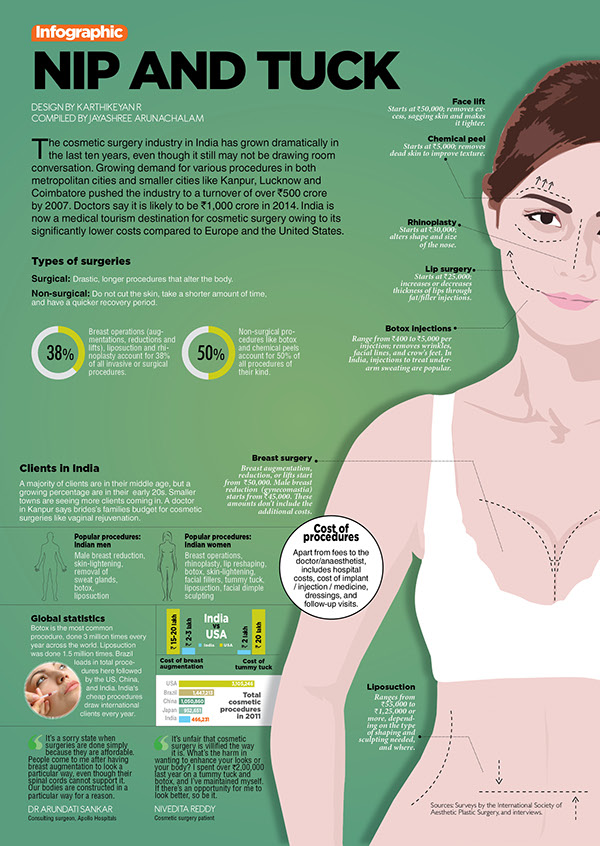Blackheads Vs Whiteheads What’s The Difference
Blackheads Vs Whiteheads What’s The Difference
Blog Article
Sources of Acne on Cheeks
Acne breakouts in the cheek location are activated by numerous points, from touching your face often to not changing your pillow case typically enough. Picking at imperfections boosts your risk of infection and scarring, and particular medications can worsen dark places (postinflammatory hyperpigmentation).
Luckily, there are lots of methods to avoid and deal with cheek acne. These include:
1. Hormone Changes
Acne is largely caused by hormones, especially those generated throughout the age of puberty and maternity. For some, a family history of acne might additionally add to their condition. Anything that blocks pores, such as oil-based skin care products or waxy hair items, can cause acne. Numerous topical therapies, like benzoyl peroxide and salicylic acid, can battle germs and unblock pores. Those with severe or chronic acne needs to look for therapy from their physician.
Prevent touching or squeezing your acne, as this can push several of the microorganisms deeper right into the skin, causing a much more serious breakout. It is also vital to transform pillow cases on a regular basis and utilize clean makeup brushes. You should additionally attempt to prevent irritants such as friction from putting on a safety helmet or tight collar.
2. Diet
The greasy, sweet foods that many individuals believe trigger acne may actually not do so. Actually, researches have shown that consuming a diet regimen rich in whole, nutrient-dense foods aids to stop breakouts.
Foods high in the glycemic index (such as white bread, corn flakes, puffed rice and potatoes, doughnuts and various other breads) increase blood sugar levels rapidly, and this can increase hormonal agents that improve oil production and lead to acne.
Consuming alcohol cow's milk has actually likewise been linked to raised acne outbreaks. If you are a regular cow's milk enthusiast, you may wish to try changing to low-fat or nondairy options that are fortified with calcium. On top of that, consuming more water can help to minimize acne since it helps to maintain the skin hydrated.
3. Excess Oil
While oil is vital for healthy skin, it can come to be an issue when too much sebum blends with dead skin cells and blocks pores. This combination can develop blackheads, whiteheads and pimples. The obstructed pore wall surface can break down and spill bacteria, dead skin cells and sebum right into surrounding skin. This results in a red bump called a pimple. Occasionally these red bumps have pus in the facility from a bacterial infection. Bigger infected bumps that resemble acne are called cysts.
There are lots of things that can create excess sebum and blocked pores, including hormonal agent fluctuations, diet regimen and everyday habits. Some instances include touching the face often, resting your hand on your cheek, making use of dirty make-up brushes and not altering pillow cases frequently.
4. Stress
If you're managing throbbing acnes or a multitude of blackheads and whiteheads, it might be time to speak with a skin doctor. They can suggest an effective therapy that suits your skin kind. Exercising relaxation and stress-reduction methods also assists.
Acne can take place in the cheeks because of rubbing and pressure, such as when an individual touches their face often or puts on a hat or sports helmet that massages against the skin. It can additionally appear where greasy cosmetics and creams scrub versus the skin.
Avoid pressing acne, as this can push contaminated product deeper into the skin and bring about scarring. Instead, see a doctor to discover preventative therapies like medicine, skin treatment products and way of living changes. Eating a healthy and balanced diet plan of entire foods, getting spa seven to 9 hours of sleep and utilizing noncomedogenic make-up and skincare items can all help reduce acne breakouts.
5. Hair Products
Hair items are not generally taken a cause of outbreaks, yet they can contribute to acne on the cheeks in some individuals. Pomade acne, which is identified by small shut comedones and papulopustules, is commonly triggered by making use of oily hair products that contain comedogenic active ingredients such as certain oils and acetylated lanolin.
Selecting hair items that don't include these possibly comedogenic ingredients is a crucial action towards lessening outbreaks. Also, making sure that hair items aren't coming in contact with the skin can assist stop breakouts. For example, using a headscarf or hood at night can restrict hair-to-face contact and decrease the probability that leave-in hair items will rub off onto the face.
Along with making use of a non-comedogenic moisturizer and washing with an acne face laundry, various other helpful techniques consist of: